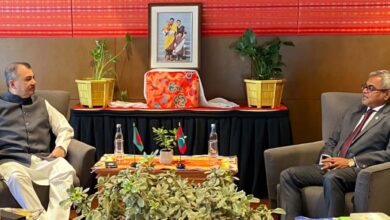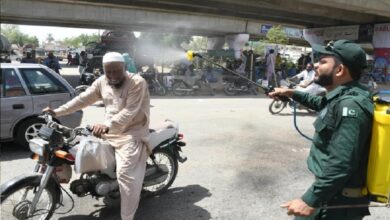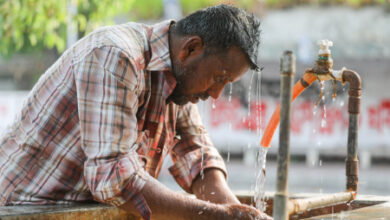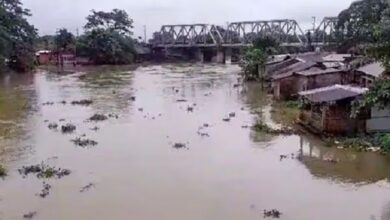The Global South and Climate Change
Around 2.5 trillion tonnes of carbon dioxide have been emitted into the atmosphere since the Industrial Revolution. This has led to a rise in global temperatures and more frequent and extreme weather events, such as floods, droughts and hurricanes, which destroy homes, ruin livelihoods, and bring death and disease to communities. However, countries did not contribute equally to the rise in global greenhouse gas emissions, and they do not feel the effects of climate change the same way.
According to the World Inequality Database, countries in the Global North—the most affluent ones, like in North America, parts of Europe, Japan, Australia and New Zealand—contributed about 50 per cent of all emissions since the Industrial Revolution. Conversely, countries in the Global South, such as those in Sub-Saharan Africa, have contributed a mere four per cent of total emissions.
Affluent countries’ carbon footprint is 100 times greater than all the world’s poorest nations combined. Furthermore, in 2019, average emissions in Europe and North America were around 10 and 20 tonnes of carbon dioxide per person per year, respectively. The corresponding figures for South/Southeast Asia and Sub-Saharan Africa were about 2.6 tonnes and 1.6 tonnes, respectively.
Besides disparities in emissions, the effects of the climate crisis are not the same between countries in the Global North and South, nor are their capacities for dealing with the economic, infrastructure and human losses following extreme weather events.
The Global Climate Risk Index reported that the poorest countries are the most susceptible to the damages caused by climate change.
According to the World Health Organization, tens of millions of people living in Somalia, Ethiopia, Djibouti, Kenya and South Sudan are suffering from terrible, decades-long drought conditions, with millions facing starvation and disease. Millions of heads of livestock, on which people rely for food and income, have also perished across the Horn of Africa region. In addition, millions of women and children face malnutrition, further diminishing their futures.
In South Asia, widespread monsoon rains have led to extreme flooding in Bangladesh, India, Nepal, Pakistan and Afghanistan in the past five years. In July 2020, nearly ten million people were affected by monsoon floods, devastating large parts of India, Bangladesh and Nepal. The long-term effects of such floods include the destruction of agricultural lands, which leads to food insecurity, human displacement, increased violence and disease, and greater poverty.
Several South American countries are facing the concurrent challenges of melting glaciers, drought and deforestation. Glaciers are a vital source of freshwater used for household consumption, agriculture, power generation and ecosystem conservation. Peru lost a significant portion of its glacial reserves, which, in turn, led to devastating flooding. Several reports indicate that current deforestation in the Brazilian Amazon rainforest doubled from the 2009–2018 average and has reached its highest level since 2009. The Amazon helps regulate the carbon cycle—its destruction was cited as a cause for record-breaking rainfall in 2022, which triggered floods and landslides, claiming lives, displacing people and destroying homes.
In all cases, the effects of climate change have undermined development and halted economic progress, forcing many to fight for survival. In addition, the World Bank stated that by 2050, climate change will have forced hundreds of millions of economically disadvantaged people in Sub-Saharan Africa, South Asia and Latin America to migrate internally due to water shortages, decreased agricultural productivity and rising sea levels.
So, what do we do?
Many countries attending the 26th United Nations Climate Change Conference of the Parties (COP 26) pledged to lower their emissions and help others do the same. However, progress towards reducing the emissions gap by 2030 has been painstakingly slow.
The creation of ‘Loss and Damage’ funding was a key point of discussion at COP27. This funding would involve countries that are the most responsible for high carbon emissions to compensate countries that are the most vulnerable to climate impacts while contributing the least to climate change.
Teresa Anderson, ActionAid International’s global lead on climate justice, said, “A fund to help governments rebuild homes, hospitals and roads, avoid new debt burdens, and provide social protection to help communities bridge crises will be vital to help people avoid the poverty spiral after climate disasters”.




